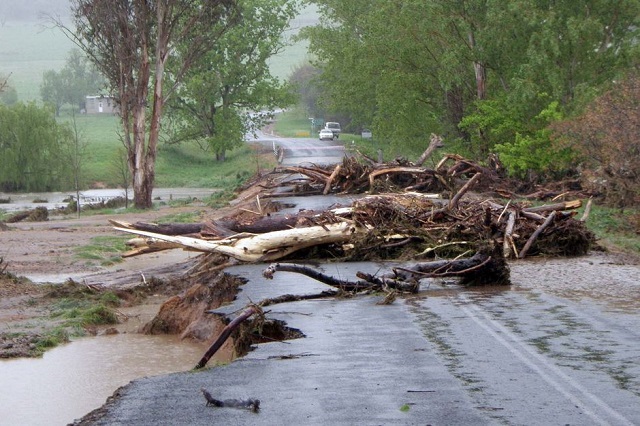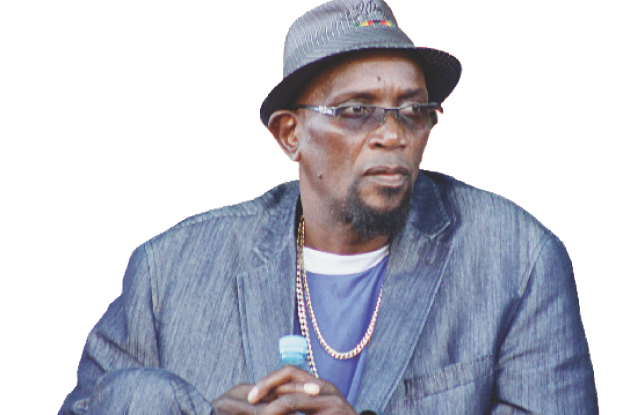EDITORIAL COMMENT: Prepare to deal with disasters this rainy season

ZIMBABWE continues to receive heavy rains that have been pounding most parts of the country but they have come at a huge cost to our creaky and dilapidated infrastructure which has failed to withstand the incessant downpours.
Since December, the country has been under a prolonged wet spell with the Meteorological Services Department forecasting continued rainfall activity this week. While this is welcome given the drought of the previous season, it appears most towns and cities will incur massive repair bills while the countryside has endured its fair share of infrastructure damage.
In big cities such as Bulawayo and Harare, the drainage systems have been exposed by the heavy rains. Storm drains are clogged with sand and debris rendering roads impassable as they immediately flood during rains.
This has the effect of hastening the damage to the roads which have gone for decades without repair or resurfacing. Despite the best of efforts by city fathers to patch or reseal potholes, the exercise is proving futile as huge craters are immediately visible after a storm. On the highways, potholes are now a common feature with the Bulawayo-Victoria Falls road now among the worst in the country.
There are stretches of the highway that are virtually a death trap with motorists now expected to drive with extreme caution given the massive and numerous craters which litter the once pristine road. This is sad and unacceptable given that the road is the gateway to the country’s premier tourist resort. Clearly, the Ministry of Transport and Infrastructure Development needs to prioritise this road and channel resources for its repair immediately.
Already, accidents are a common occurrence along this highway and while some are as a result of human error, a significant number are down to the parlous state of the road. Rains have also wreaked havoc in rural areas where dams and other critical infrastructure have been damaged. We reported recently how five dams are now empty in Gwanda South after they burst their walls following a storm lasting nine hours.
Gungwe, Matanangombe, Nkanini-Mahongola, Mapate, Makokwe and Malipulihula medium dams, which are the main sources of water for these communities, are now empty after spilling and bursting their walls. People in Gungwe said while the heavy rains this year were a blessing to a generally dry region, the destruction of their dependable water sources is a painful loss as some farmers also lost animals that included 22 goats, more than 20 donkeys and an estimated 100 chickens.
In Ntalale, a bridge was swept away while the causeway bridge on Tuli River is no longer trafficable after it was also damaged by water. In another unfortunate incident, a boy died when four members of the same family were swept away by a flooded stream in Ntalale.
Yesterday, we reported how Zimbabweans trying to cross a flooded Limpopo River were among five people who died in an accident that saw five others being rescued.
News24 reported that the bodies of two men were found in the Limpopo River near Beitbridge while two women and three girls, aged between six and 10, were rescued in the same area on Thursday and Friday. “It is suspected that they attempted to enter the country illegally when they became trapped by the rising river,” News 24 quoted Limpopo provincial police spokesperson Brigadier Motlafela Mojapelo as saying.
With rains continuing to fall, the Limpopo police spokesperson warned people to be extremely careful when crossing rivers or streams, whether by foot or in a vehicle. “The water on top might seem as if it is flowing smoothly, but the strong current underneath can sweep away a person or a vehicle with ease,” warned Brig Mojapelo. With more rains forecast throughout the country, it is apparent that Zimbabwe needs to activate its disaster systems so that they stay on red alert.
Civil Protection Units in all the provinces need to be capacitated to deal with any eventualities. There are indications that very soon floods will occur in low lying areas such as Tsholotsho, Muzarabani and parts of the Zambezi valley and response units in these areas need to be fully equipped. In Bulawayo, some suburbs such as Nketa, Emganwini and Nkulumane have a history of flooding and authorities need to be prepared to deal with such occurrences.
The Bulawayo City council also needs to find a way of clearing storm drains as a matter of urgency while Zesa has to expedite its response to reports of faults and fallen electricity pylons. While heavy rains are a good omen in terms of farming and filling up supply dams, they have the potential to leave a trail of destruction and fatalities among both humans and livestock.











Comments